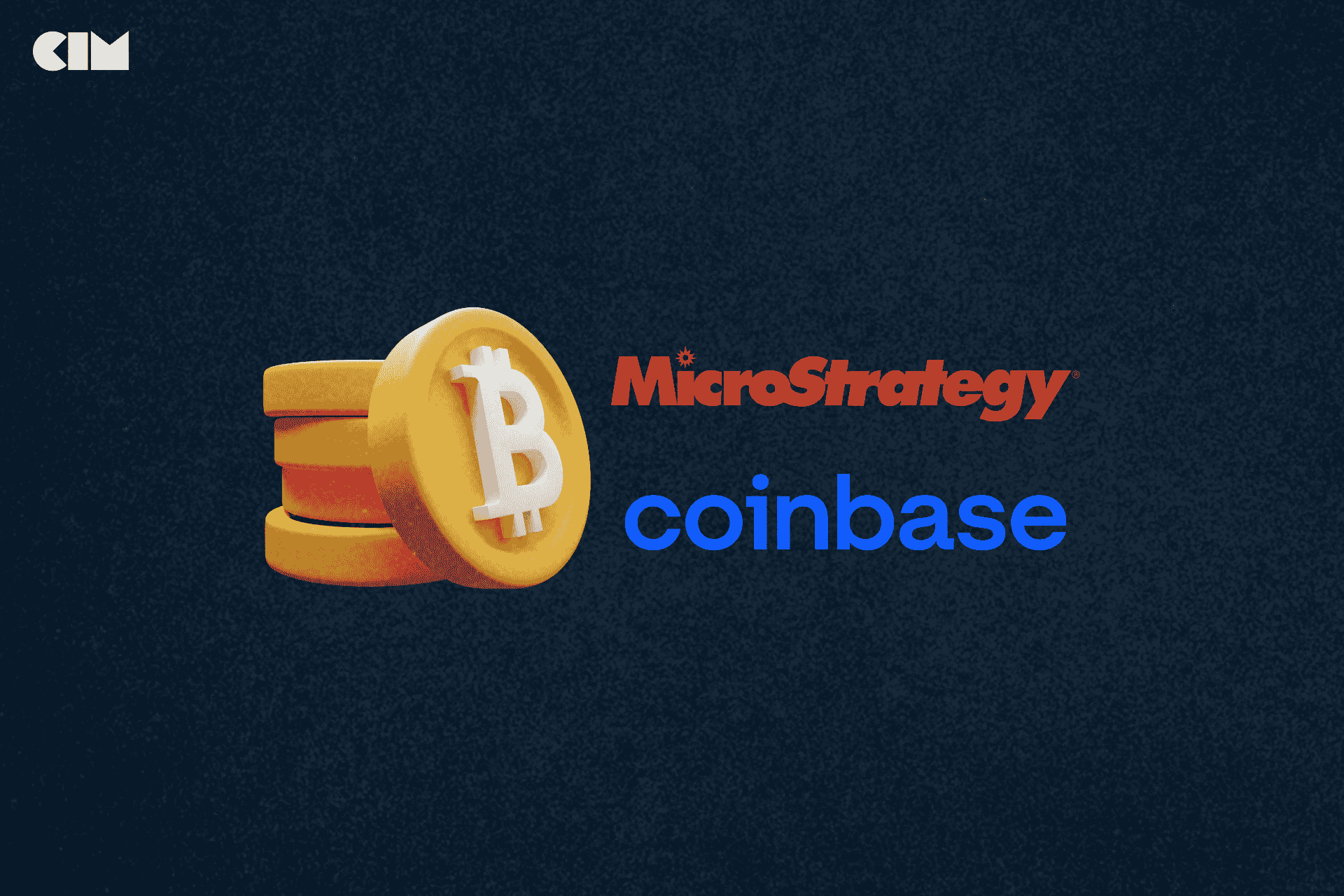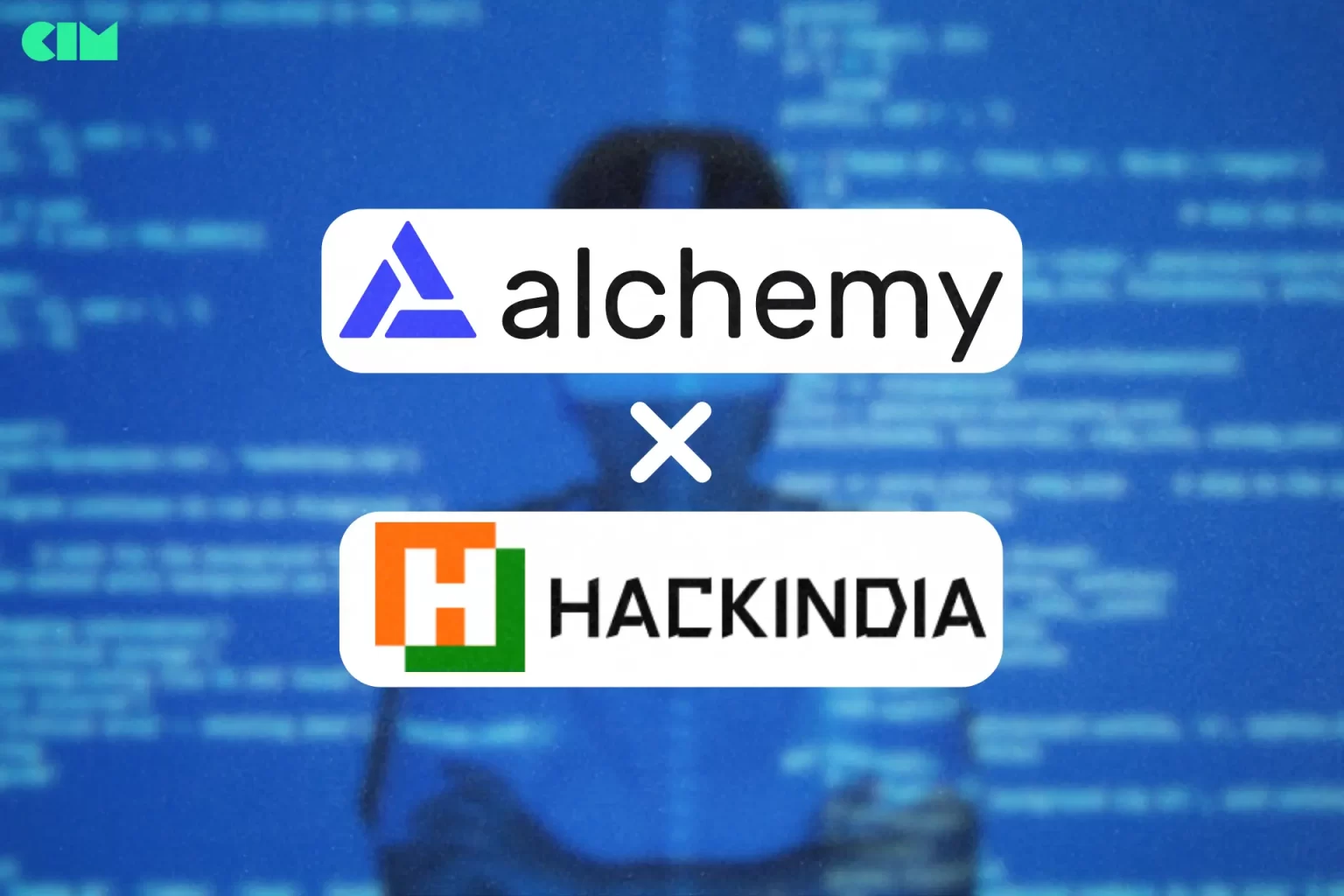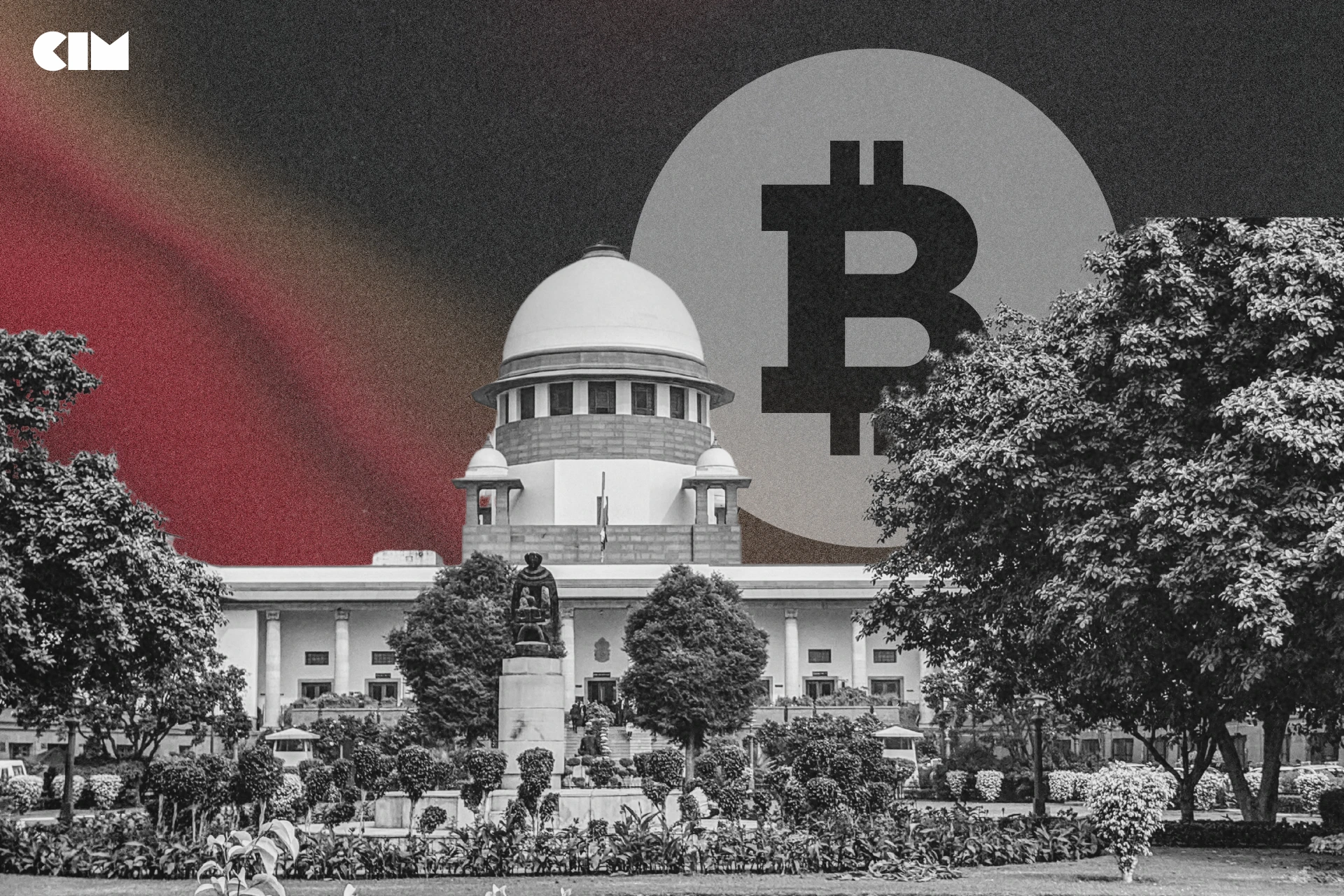Peer-to-peer (P2P) crypto trading has redefined how people exchange value, offering a decentralized alternative to traditional financial systems. More than just a trading method, P2P crypto trading represents a direct challenge to traditional banking systems. It strips away layers of bureaucracy, allowing people to trade directly with each other, across borders, without intermediaries dictating terms or pricing.
To dive deeper into this emerging landscape, I interviewed August Widmer, Director of Corporate Development at Paxful, a leading P2P crypto trading platform.
In this exclusive interview, Widmer shared insights into how this model is reshaping financial accessibility, particularly for those traditionally left out of mainstream banking systems. Additionally, he unpacked the mechanics of P2P trading, its potential to democratize financial services, and how platforms like Paxful are creating new pathways for global value exchange.
Editorial Note: This article is based on an interview with August Widmer. Certain sections have been adapted into a narrative format for improved readability and clarity, but no insights have been altered.
Widmer’s Transition to Crypto
Before diving into the nitty-gritty of P2P crypto trading, let’s first learn about August Widmer’s journey so far.
Widmer’s path to the crypto industry began with his disenchantment with traditional banking. After over a decade in investment banking and private equity, specializing in M&A and capital advisory for financial services, he grew frustrated with the inefficiencies of the system.
“The people were working for the system, and the system was not working for the people,” Widmer reflected.
Cryptocurrency first caught his attention during the rise of the Silvergate Exchange Network, but it wasn’t until 2021 that he fully embraced the space. Tokenization became the game-changer, with projects like Goldfinch and Maple demonstrating how blockchain could bring transparency and efficiency to private credit markets.
By January 2022, Widmer had left his role as VP at a middle-market investment bank to pursue crypto full-time. He started with MakerDAO during a pivotal time, working on tokenized private credit deals, and later joined Credix, focusing on Latin American structured credit facilities. He also took on advisory roles for pre-seed companies in the stablecoin sector.
Widmer’s journey ultimately led him to Paxful, where he joined as Director of Corporate Development.
“After learning more about Paxful’s rejuvenation and plans, I was committed,” said Widmer.
At Paxful, Widmer now leads efforts in M&A, capital strategies, and corporate development, contributing to the platform’s mission of democratizing financial services globally.
The Flaws of Traditional Finance
Widmer believes that the current financial system has several critical flaws, many of which stem from a lack of control and transparency. According to him, one of the fundamental issues is the lack of true ownership over your own money.
“You don’t own your money. Your bank does,” emphasized Widmer.
Widmer had a firsthand experience of this when he attempted to consolidate investment accounts and realized that the process was virtually impossible. This prompted him to reflect on the lack of autonomy in managing financial resources. Traditional banking, in his view, strips away personal control, leaving people at the mercy of centralized institutions.
Another issue Widmer highlights is the devaluation of fiat currencies. He points out that governments continue to print money, which erodes the value of traditional currency. Widmer compares this process to theft, noting that inflation—while framed as a natural economic phenomenon—essentially diminishes the purchasing power of money.
“A US dollar from 2019 would be worth only about 80 cents today. In most other conversations, we’d call that theft, but when it’s the government, we call it “inflation.” The good news? 1 Bitcoin from 2019 is worth…1 Bitcoin today,” explained Widmer.
Beyond the currency itself, Widmer criticizes the inefficiency of traditional financial transactions. Sending international bank wires involves multiple intermediaries and can take days to complete. Cryptocurrency, in contrast, offers near-instant payments between just two parties, cutting out the middlemen and saving both time and money.
ALSO READ: A Guide to Fund Raising for Web3 Startups
Understanding P2P Trading
Peer-to-peer (P2P) trading represents a direct, frictionless way for individuals to transfer value without relying on third parties, like traditional banks or centralized exchanges. According to Widmer, the core of P2P trading is the autonomy it offers.
In a P2P model, two individuals negotiate their terms directly. Paxful simplifies this process by providing a marketplace where users can browse available offers from people across the globe. Buyers and sellers set their own prices and choose their payment methods.
For example, a seller could offer Bitcoin at an inflated price of $1 million per coin and choose PayPal as the payment method, all on their terms. The flexibility to set terms gives users complete control over their transactions—something not found in centralized exchanges, where users only get one option.
“Our work at Paxful is less about enabling trading and more about allowing the frictionless transfer of value between two individuals,” said Widmer.
Centralized exchanges, in contrast, provide a single offer for buying or selling crypto, without any negotiation room. This centralized approach limits users’ freedom, whereas P2P trading empowers them to take charge of their financial decisions.
“On a centralized exchange, you get one offer and can choose to take it or leave it. No optionality, no flexibility; they own the game. On peer-to-peer, you own your destiny,” added Widmer.
P2P trading also allows for seamless global value transfer. Widmer explains that traditional fiat currencies are siloed and do not easily communicate across borders. Cryptocurrency, however, operates globally, making it easier for individuals in any country to exchange value directly. On Paxful, users can sell cryptocurrency in exchange for local fiat through over 500 payment methods, from PayPal to bank transfers, further enhancing financial inclusivity.
The transaction process itself is simple. A seller posts an offer, a buyer accepts it, and the funds are held in escrow until payment is confirmed. Once payment is received, the crypto is released to the buyer. This straightforward, direct model is cost-effective and transparent, offering individuals control and flexibility.
For the average person, P2P trading offers significant advantages. It opens up access to crypto with a wide range of payment methods, unlike centralized exchanges, which typically only cater to a specific subset of the population. P2P trading, therefore, fosters true inclusivity, enabling anyone, anywhere, to participate in the global crypto economy.
How Paxful Bridges Financial Gaps
Editorial Note: The following is an excerpt from the interview.
CIM: Paxful focuses on serving the underbanked. Could you explain who the ‘underbanked’ are and the challenges they face? Also, how does Paxful actually solve these problems?
Widmer: If cryptocurrency is intended to help “bank the unbanked,” one of the greatest ironies is that you need to connect your bank account on a centralized exchange to buy crypto. Paxful works differently, allowing a more inclusive on-ramping experience for nearly any payment type; we are actually banking the unbanked.
Paxful is a means to on-ramp or buy into the cryptocurrency world using any possible payment method. It is all-inclusive.
Let’s imagine you are from Kenya and living in New Delhi. You want to send money back to family in Kenya, but imagine they do not have a bank account. You could buy Bitcoin on Paxful using your preferred payment method, then send them that Bitcoin on Paxful for them to sell on Paxful in exchange for payment via a method such as M-Pesa, which does not require a bank account.
That is truly inclusive global value transfer where anyone can participate. We enable everyone to have access to critical financial services.
CIM: Now, this is important. When we’re talking about people’s money, could you tell me what risks exist in P2P trading? How does Paxful protect users? What should users themselves be careful about?
Widmer: Peer-to-peer is dangerous when done incorrectly. That’s why Paxful exists. On Paxful, an escrow sits between the trade parties, locking the cryptocurrency to be sold. That cryptocurrency held in escrow is released to the seller only when the buyer sends the seller the payment. That means the seller does not need to hope and pray that the buyer sends the cryptocurrency simply, but instead, they are safeguarded by the escrow service.
The alternative to this would be for me to post on X and say, “Hey! Who wants to buy some BTC? I promise I’ll send it if you send me cash!”
You tell me which sounds safer!
CIM: Looking ahead, how do you see P2P platforms evolving? What role will they play in the future of finance? What excites you most about this space?
Widmer: Peer-to-peer has existed since the beginning of commerce, and I see it continuing forever. It’s the most straightforward, direct, human way to transfer value.
Strategically, I believe platforms like Paxful will continue to expand laterally, adding more services and features to provide a comprehensive product suite to its users.
I spend much of my time exploring potential acquisition opportunities where we can bring on new teams with new product offerings to build out our ecosystem.
The cryptocurrency, web3, and DeFi sectors are on fire with activity right now, and new inventions are going live daily. We aim to stay on the cutting edge by adopting new technology through organic growth and acquisitions while always remaining true to peer-to-peer’s core value transfer engine.
CIM: Final question – what advice would you give to someone interested in P2P trading but feeling hesitant to take the first step?
Widmer: The truth is, I bet they’ve already traded peer-to-peer.
Have you ever bought something from a friend? That’s peer-to-peer. Ever taken a taxi? That’s peer-to-peer. I sold baseball cards to kids in my middle school. That was peer-to-peer.
Paxful takes that peer-to-peer transaction flow we are accustomed to and gives it the necessary modern guardrails of KYC, compliance monitoring, and escrow service alongside a suite of in-account features to simplify your journey to financial freedom. The best way to experience this? Head over to Paxful, get involved, and own your destiny.




